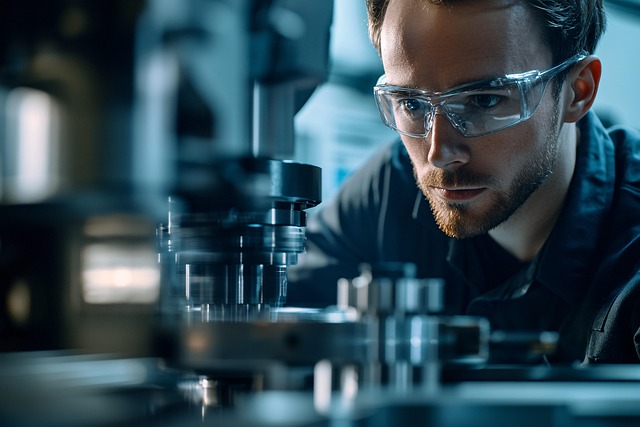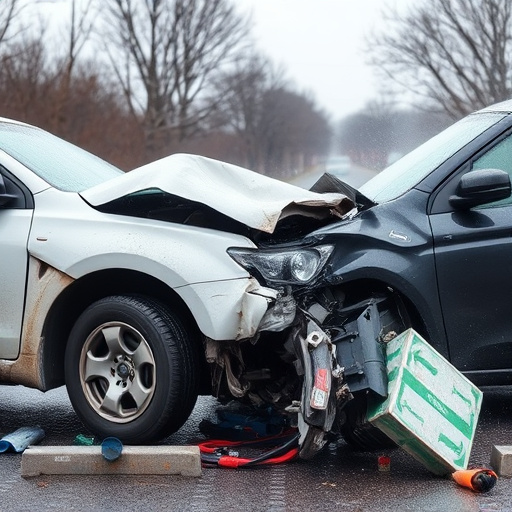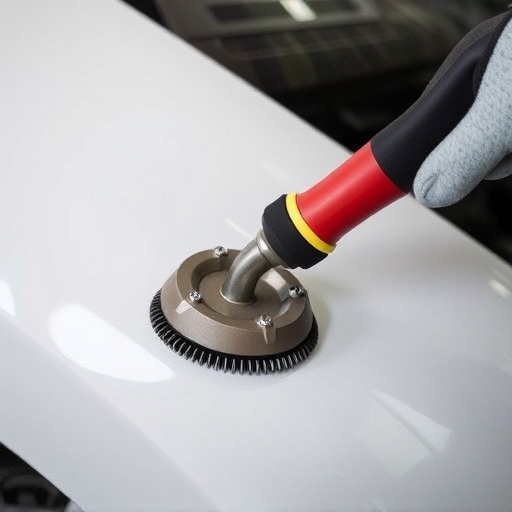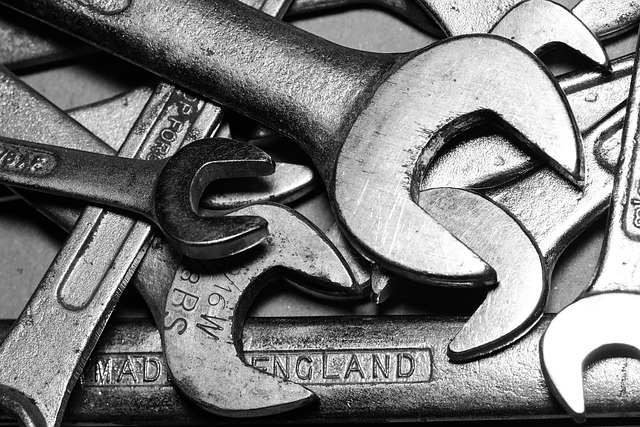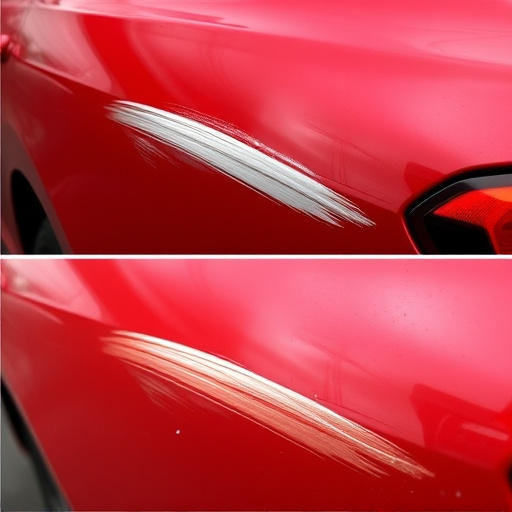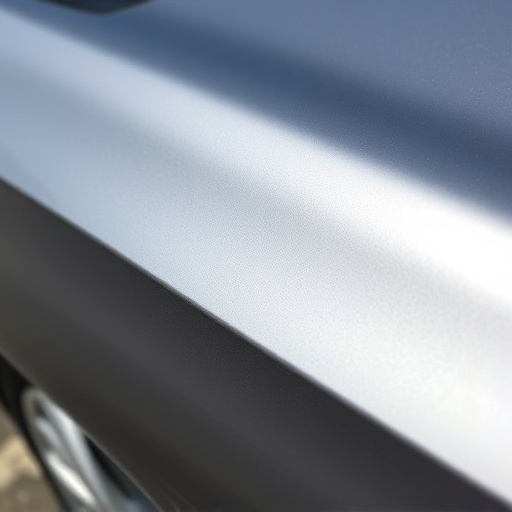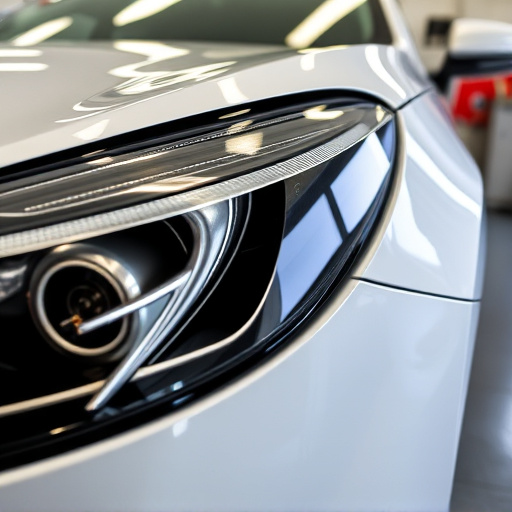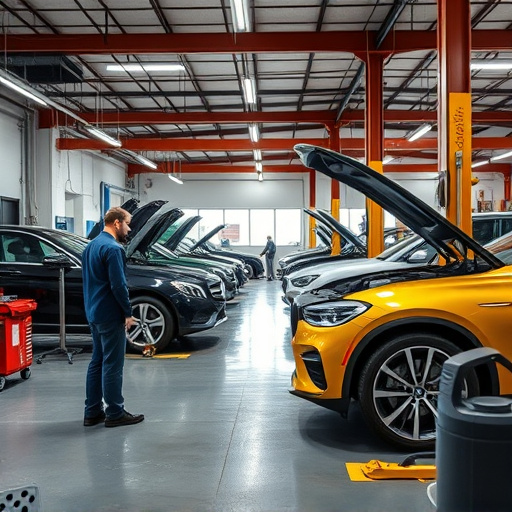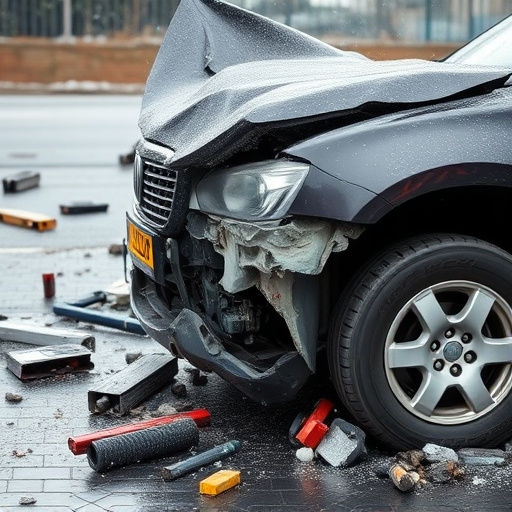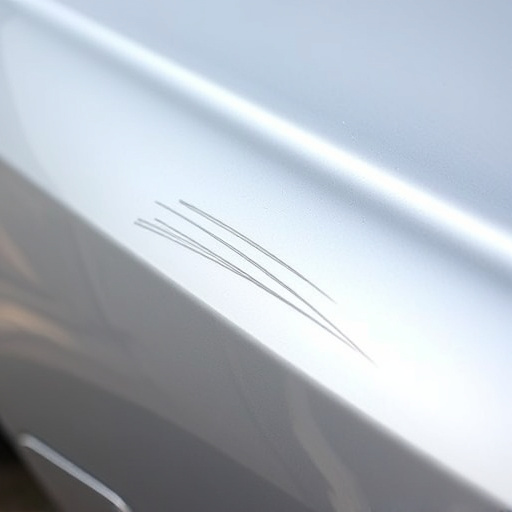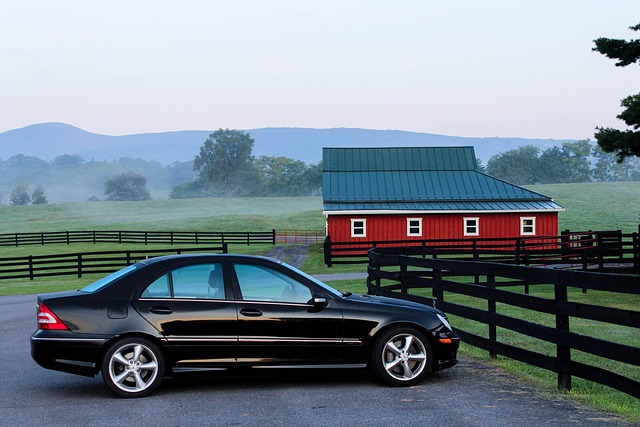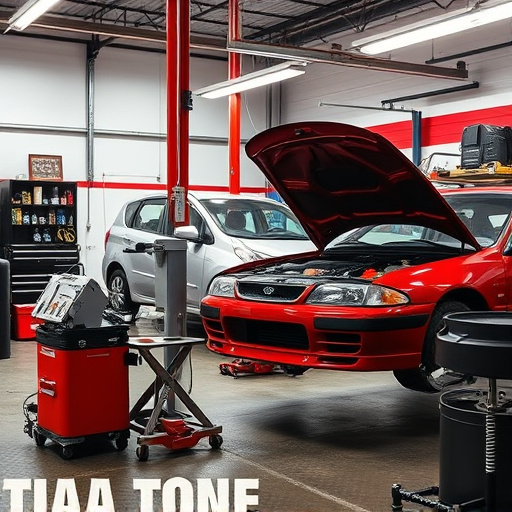MIG welding collision repair remains a valuable skill for auto body professionals, offering precise and versatile metal joining for high-end vehicle restoration, like Mercedes Benz repairs. Its efficiency in fusing various metals reduces damage, speeds turnaround times, and produces high-quality results. While automated systems offer faster dent removal, skilled MIG welders provide tailored, precise solutions for diverse repair scenarios, balancing speed and accuracy to meet modern driver demands.
Is MIG welding collision repair a relevant skill in today’s automotive industry? This article delves into the traditional technique of MIG welding, exploring its benefits for precise and durable repairs. We then navigate the challenges faced by professionals, considering modern alternatives and their pros and cons. By examining these aspects, you’ll gain insights into whether investing time in MIG welding collision repair is still valuable for auto body shops.
- Traditional Technique: Benefits of MIG Welding
- Collision Repair Challenges and Considerations
- Modern Alternatives: Weighing Pros and Cons
Traditional Technique: Benefits of MIG Welding
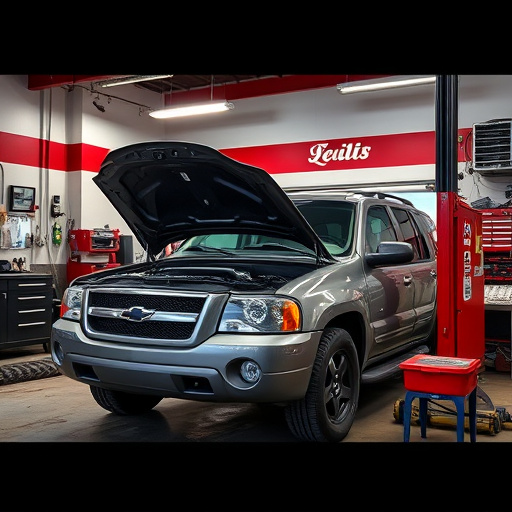
MIG welding collision repair remains a highly valuable skill for auto body services and body shop professionals. As a traditional technique, MIG (Metal Inert Gas) welding offers several advantages that make it a preferred method in the industry. Firstly, its precision allows for clean and consistent welds, ensuring structural integrity and aesthetic appeal in mercedes benz repair and other high-end vehicle restoration projects. The process involves feeding a continuous wire through a welding gun, creating strong bonds between metal components with minimal heat input, which reduces the risk of damage to surrounding areas.
Moreover, MIG welding is versatile and suitable for various materials, from steel to aluminum. This adaptability makes it an efficient choice for body shop services, enabling quick turnaround times and high-quality results. The technique’s popularity stems from its ability to provide strong, long-lasting welds while minimizing the need for extensive prep work, making it a reliable method for collision repair across different vehicle types.
Collision Repair Challenges and Considerations
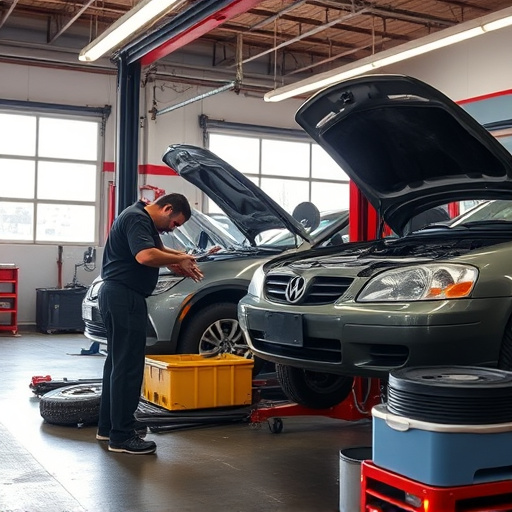
Collision repairs have evolved significantly over the years, but challenges still exist for both vehicle body shops and technicians. One of the primary considerations is ensuring precision and quality in every repair, especially with complex panel alignment. The use of MIG welding in collision repair offers several advantages, such as its ability to join metals efficiently and create strong bonds. However, it requires skilled technicians who understand the nuances of different metal types and weld settings to achieve optimal results without creating stress points or unsightly distortions.
Another challenge lies in balancing speed and accuracy. While quick turnarounds are often crucial for customer satisfaction, hasty repairs may lead to long-term issues like paint bubbling or structural weaknesses. In a competitive market, collision repair shops must strike a delicate balance between efficient vehicle repair services and meticulous craftsmanship using techniques like MIG welding to maintain their reputation and keep up with the demands of modern drivers.
Modern Alternatives: Weighing Pros and Cons
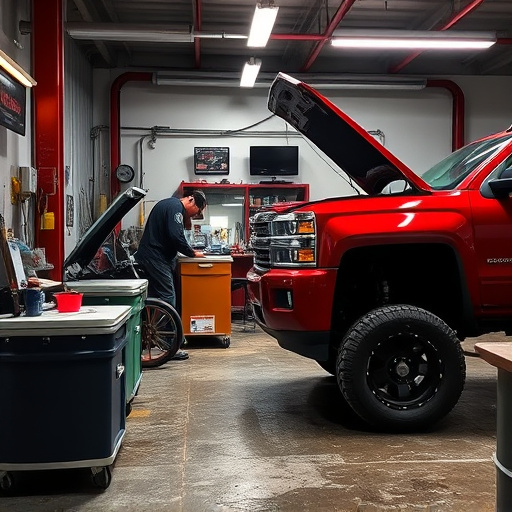
In today’s automotive industry, where technology advances rapidly, MIG welding collision repair faces competition from modern alternatives that promise faster and sometimes more efficient vehicle restoration. Automated systems, for instance, have revolutionized dent removal and vehicle paint repair, offering precise results in less time. However, these innovations don’t always match the versatility of MIG welding. One significant advantage is its ability to handle a wide range of metal types and thicknesses, making it suitable for various collision repair scenarios.
Moreover, while automated processes may streamline certain tasks, they often require extensive auto maintenance expertise to set up and program. In contrast, MIG welding, with its proven track record in collision repair, offers skilled technicians the freedom to adapt quickly to different repairs, from minor dents to major structural damage. The ongoing debate revolves around balancing the benefits of these modern alternatives against the unparalleled customization and precision that experienced MIG welders can provide.
In conclusion, while traditional MIG welding remains a valuable skill for collision repair, it’s essential to weigh its benefits against modern alternatives. Despite its precision and efficiency, factors like time consumption, material limitations, and the need for specialized training may make other methods more appealing in today’s competitive automotive industry. For those considering MIG welding collision repair, a thorough evaluation of these aspects will help determine if this traditional technique is still the best course of action or if exploring newer options could offer more advantages.

